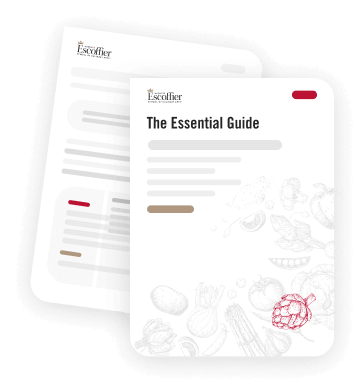Getting To Know Thai Food

Grateful foodies have long known that Thai restaurants dish out some of the best noodles around. We know the menus are filled with savory meats over rice and spicy noodles in various sizes, but we may not have a thorough knowledge of the foundation of this cuisine. Find out more by enrolling in an online culinary course, but start by reading this brief overview.
Thai food is known for expertly balancing bitter, sweet, sour and salty flavors. Here is a breakdown of Thai condiments, spices and more:
Classic ingredients
Noodles – This cuisine uses a variety of noodles as a base for sauce and stews. Rice noodles are made from milled grain, and are the flat variety found in Pad Thai. These noodles can also be made in thick versions served with the popular Pad See Ew dish.
Fish sauce – This go-to condiment in Thai cuisine is a strong smelling brine made by fermenting fish with salt. The ingredients commonly include only salt, water and anchovies, so each tablespoon can have a large amount of sodium, so use sparingly.
Chilies – If you’re familiar with this Asian cuisine, you may have tried a spicy bowl of curry, which sources its heat from fresh cayenne chilies. For their iconic sauces the Thai people use hot bird chilies.
Curry paste – Whether purchased in the green or red variety, curry paste has lemongrass and coriander root flavors. The colors are an indication of the type of chili used.
Vinegar – To achieve a sour note in food, the Thai culture uses rice vinegar. It’s a key component to dressings, dipping sauces, and the popular nam jim sauce.
Coconut milk – The cuisine wouldn’t be the same without coconut milk, it’s used to add sweetness and balance flavors.
Rice – Many cultures turn to rice as a staple, but Thailand’s version is served sticky. This technique is achieved by soaking rice in water for a few hours to remove the starch. Then it is placed in a rice cooker or steamer. It’s mainly eaten on the north and northeast parts of the island.
Nuts – Cashews and peanuts are used in Thai cuisine to add crunch and sweetness to a meal. Often the nuts are chopped and spread over noodle dishes and other times they are used in condiments like peanut sauce.
If you like this post, please be sure to check out the following!
Help Ring In Spring With Fresh Thai Cooking
Sriracha Gets A New Competitor: Gochujang
Vegetable Spring Rolls With Thai Peanut Sauce Recipe

